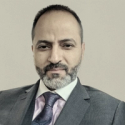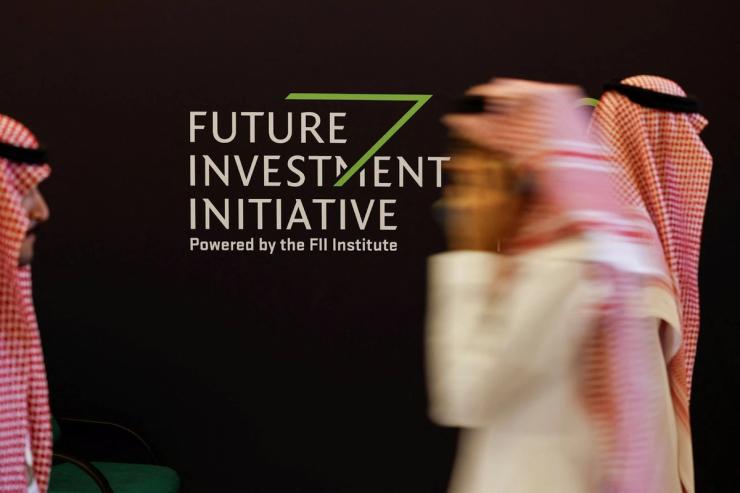Wael’s view
When Saudi Arabia unveiled NEOM at the inaugural Future Investment Initiative (FII) in 2017, the event felt like a showroom for audacious dreams. Bankers and consultants thronged Riyadh, eager for a share of the fees from Vision 2030 deals that many doubted would ever materialize.
Eight years on, FII has evolved from a stage for shock-and-awe reveals into a reflection of Saudi Arabia’s maturing economic strategy, and of Public Investment Fund’s (PIF) central role in driving it.
Non-oil activity now accounts for about half of GDP, and female labor-force participation has more than doubled, surpassing Vision 2030’s original target nearly a decade early. These are not cosmetic shifts; they underpin consumer demand, service-sector growth, and the rise of a broader private-sector economy.
PIF, meanwhile, has transformed from a regional player into one of the world’s most consequential sovereign investors, with assets around $1 trillion. Most of that capital is now being deployed domestically. At last year’s FII, PIF Governor Yasir Al-Rumayyan said overseas investments would make up “about a third” of the fund’s commitments, underscoring the kingdom’s priorities: Capital that once flowed out is now staying home to move cranes, employ Saudis, and seed new industries.
That shift reflects both strength and constraint. Oil revenues are running below projections, and both the IMF and the Saudi finance ministry forecast multiyear budget deficits. Public debt is rising, though it remains moderate by global standards. PIF’s latest results — marked by lower profits and asset impairments — are reminders that megaprojects are costly in an era when capital is no longer virtually free.
The flashiest ambitions of Vision 2030 are being recalibrated. Extensive reporting about NEOM’s stretched construction timeline is the most visible adjustment. Investors reading FII tea leaves this week will note the shift: fewer moonshots, more milestones.
Like the kingdom itself, FII is moving beyond a narrow focus on business deals into the geopolitical arena. Saudi Arabia’s diplomatic outreach over the past decade — restoring ties with Iran, reasserting Arab influence in Syria, and shaping regional discussions on Gaza and Palestinian statehood — has turned the forum into a stage where political stability is sold as investable certainty. Riyadh’s message is consistent, that peace and a two-state solution to the Israeli-Palestinian conflict are prerequisites for a new regional growth cycle.
What will I be watching for at FII? Capital discipline — prioritizing projects with credible returns — and greater localization that enables technology transfer and strengthens Saudi balance sheets. PIF’s push to invest domestically and build a local asset-management industry will also bolster Saudi equities, even if that disappoints some global fund managers. And this year, expect more discussions, and concrete dealmaking, around AI and broader technology partnerships, as the forum doubles down on digital infrastructure and data-driven industries.
While big deals and slick presentations will remain, FII has become less of a spectacle and more of a working ledger for a nation in mid-transformation: sometimes messy, increasingly data‑driven, and more grounded than its critics expected back in 2017.
Wael Mahdi is an independent commentator specializing in OPEC and Saudi Arabia’s economy, and co-author of “OPEC in a Shale Oil World: Where to Next?”
Notable
Spending on Saudi gigaprojects have plunged in the past two years, with the biggest cuts at NEOM, and the big deals at this year’s FII will be in AI, Bloomberg reported.


